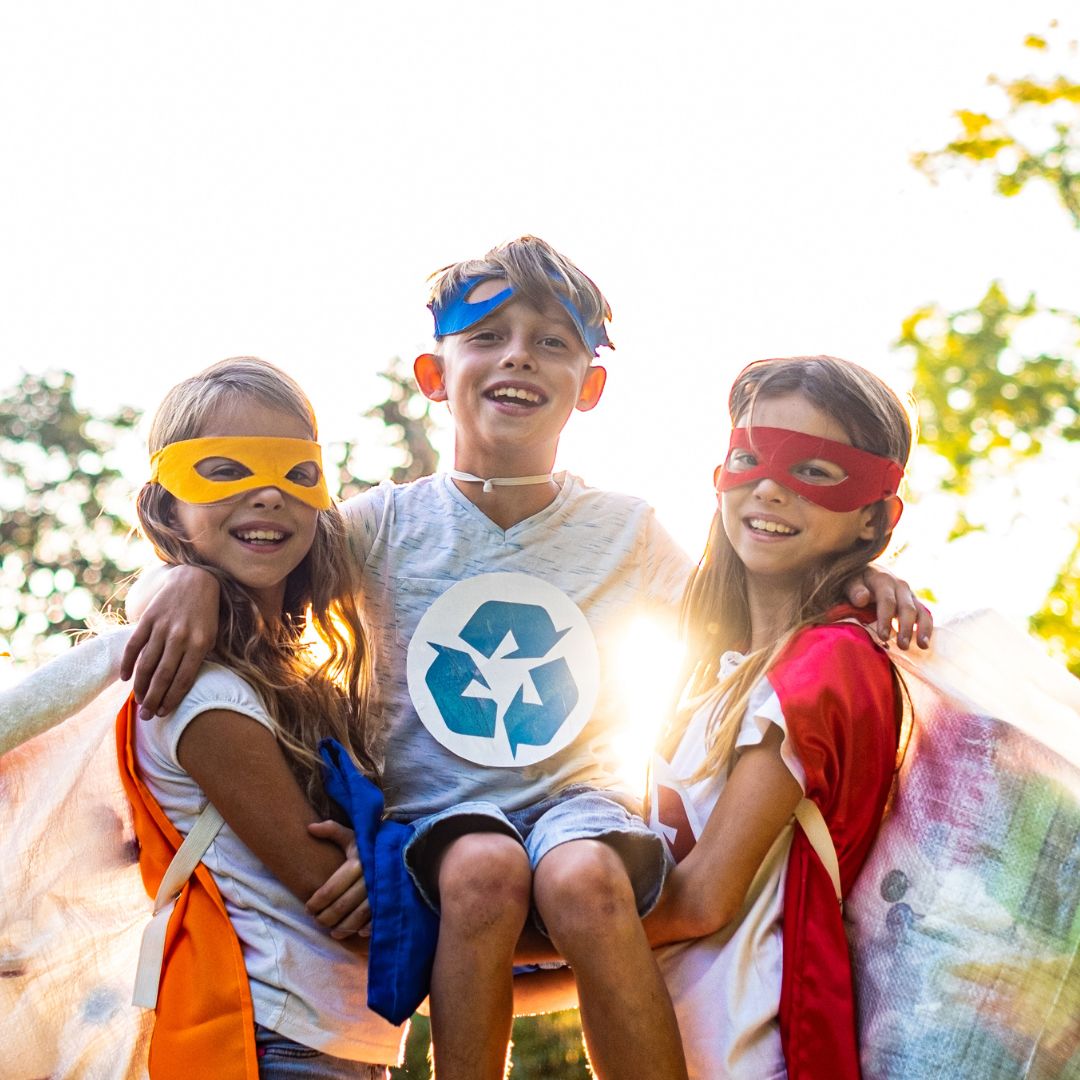Disclaimer: This article aims to provide information on the practice of outdoor napping for children in sub-zero temperatures, primarily focusing on the Nordic countries.
The content is intended for informational purposes only and should not be considered as medical advice, parenting advice, or a definitive guide to outdoor napping practices.
The opinions and views expressed in the article are based on the experiences of individuals and the results of various studies.
Readers should consult a medical professional, pediatrician, or other relevant experts before making decisions related to their child's health and well-being.
Cultural differences, regional climate variations, and individual circumstances should be taken into account when considering the information provided in this article.
Most Nordic parents wouldn't give it a second thought. For them, it's part of their daily routine.
Daytime temperatures this winter in Stockholm have regularly dropped to -5C (23F), but it's still common to see children left outside by their parents for a sleep in the pram.
The Nordic practice of outdoor napping
Sub-zero temperatures
Wander through the snowy city, and you'll see buggies lined up outside coffee shops while parents sip on lattes inside. And if you are visiting friends and your child needs a nap, you may be offered the garden or balcony instead of a bedroom.
Common sightings in Stockholm
"I think it's good for them to be in the fresh air as soon as possible," says Lisa Mardon, a mother-of-three from Stockholm, who works for a food distribution company. "Especially in the winter when there's lots of diseases going around... the kids seem healthier."
Reasons behind outdoor napping
Fresh air benefits
Her children have been sleeping outside since they were born. The youngest, Alfred, is two, and she puts him outside in the pram to nap once a day, for an hour and a half. When he was younger, he slept outside twice a day.
Disease prevention
This isn't a recent fashion. Lisa's mother, Gunilla, now 61, says she also did it with Lisa when she was a baby. "Yes, we were doing it back then as well… It was important for her to get fresh air and stay healthy," Gunilla says.
A long-standing tradition
And Lisa's father, Peter, was put outside by his mother to sleep in a pram in the 1950s. Only when it got to around -10C (14F) did she bring him indoors.
Swedish day-care centres
Outdoor napping policies
Nowadays, most day-care centres in Sweden put children outside to rest. It's common to see rows of prams lined up in the snow at nap-time, with youngsters fast asleep inside.
Adapting to varying temperatures
At Forskolan Orren, a pre-school outside Stockholm, all children sleep outside until they reach the age of three. "When the temperature drops to -15C (5F), we always cover the prams with blankets," says head teacher Brittmarie Carlzon.
Ideal temperatures for outdoor naps
According to her research, -5C is the best temperature for an outdoor nap – though some parents she spoke to even put
their children out at -30C.
Health benefits: Fact or fiction?
Conflicting studies
But do children who sleep outside end up catching fewer coughs and colds? Paediatrician Margareta Blennow says reports from the Swedish Environmental Protection Agency show conflicting results.
"In some studies, they found pre-schoolers who spent many hours outside generally – not just for naps – took fewer days off than those who spent most of their time indoors," she says. "In other studies, there wasn't a difference."
The importance of proper clothing
Martin Jarnstrom, head of one of the Ur och Skur group of pre-schools, is another big advocate of outdoor naps, though he emphasises that while the weather may be cold, the child must be warm.
"It's very important that the children have wool closest to their body, warm clothes, and a warm sleeping bag," he says.
Swedish sayings on outdoor napping
There is a Swedish saying that encapsulates this thought – "There is no bad weather, only bad clothing."
Another saying sums up what Swedes are likely to think when toddlers in other countries are kept indoors in sub-zero temperatures: "A little fresh air never hurt anyone."
In Summary
In conclusion, while the practice of leaving babies to nap in sub-zero temperatures might seem strange to some, it has been a long-standing tradition in Nordic countries, particularly in Sweden.
Although studies show conflicting results regarding the health benefits, it is crucial for children to be properly dressed for the cold weather.
Ultimately, it's up to parents to decide what works best for their children, taking into consideration cultural practices and personal beliefs.
FAQs
Is outdoor napping in sub-zero temperatures a recent trend in Nordic countries?
No, it has been a long-standing tradition, passed down through generations.
Do children who nap outside catch fewer colds?
Studies show conflicting results, but some have found that children who spend more time outside generally may take fewer days off due to illness.
What should a child wear for an outdoor nap in cold weather?
It's important for the child to have wool closest to their body, warm clothes, and a warm sleeping bag to stay warm and comfortable.
Do day-care centres in Sweden practice outdoor napping?
Yes, most day-care centres in Sweden have outdoor napping policies for children, with some allowing children to sleep outside until they reach the age of three.






Share:
Why It's An Excellent Idea To Get Your Kid Into Swimming
The Basics of Climate Change: Explaining to Kids